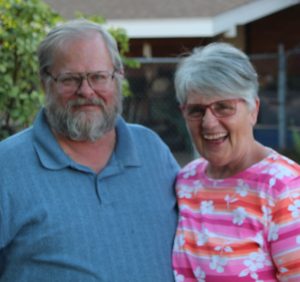 Perfect is NOT reality, especially in Parenting!
Perfect is NOT reality, especially in Parenting!
I had two daughters who had babies last year – one in June and one in Dec. One daughter suffered from postpartum anxiety, not to be confused with the blues or even depression. It was excruciating. Just functioning was a challenge. Besides the new baby, she had one preschooler and one grade-schooler.
Despite her struggles with health and energy, I saw her remember what her kids needed to do to be ready for school. I watched her get them to their events and lessons. I saw her force herself to school with her new baby to participate in a classroom party with her daughter.
My other daughter has tweens, teens, and grade-schoolers. She was up multiple times a night. But one morning bright and early I witnessed this: she was in the kids’ rooms getting them up, reminding them of what they needed for the day, giving cautions about getting to work on time and bringing instruments home after orchestra so they could practice. It was all in her head, and despite her baby fatigue, she was letting it out at the right time, with the right tone. There is no getting around it,
MOTHERS ARE AMAZING EVEN WHEN THEY’RE STRUGGLING.
My sons-in-law also experienced the addition of new babies into their families. One is in the last stages of genetic blindness and was ill at the time of the birth. However, he donned a mask and was by his wife’s side, not just during the delivery but until his wife came home a day later, even though fluorescent light burns his eyes. Then he returned, mask in hand because the baby had a severe bilirubin issue. His eyes burned as he endured hours of blue light. I watched him get up at night to feed his son, diaper, and cuddle him.
The other dad had a two-plus hour compute every day into the city. He left work early so he could get home sooner. When he got back, the load shifted from his wife’s shoulders to his own. He made food, played Candyland, fed the dogs, tucked kids in bed, and comforted his wife. There is no getting around it,
FATHERS ARE AMAZING EVEN WHEN THE LOAD IS HEAVY.
Neither of these couples is doing it perfectly. There are down days, moments of resentment, and checking out. BUT they get up daily and do it again because they love each other and their families. There is no way around it,
PARENTS ARE AMAZING EVEN WHEN THEY AREN’T PERFECT!!
Know a parent struggling because they aren’t perfect. Share. : )


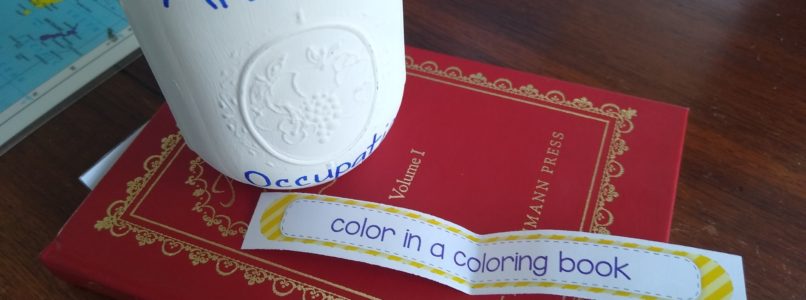
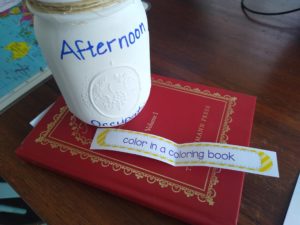 A friend has been talking with me about her efforts to organize her family and teach her sons. We’ve had conversations, each ending with something to ponder. The goal is to come up with an experiment.
A friend has been talking with me about her efforts to organize her family and teach her sons. We’ve had conversations, each ending with something to ponder. The goal is to come up with an experiment.


 Recently, I was having a conversation with a friend about connecting daily with children. I mentioned that random touch was one of the most powerful practices I knew for connecting multiple times a day.
Recently, I was having a conversation with a friend about connecting daily with children. I mentioned that random touch was one of the most powerful practices I knew for connecting multiple times a day.

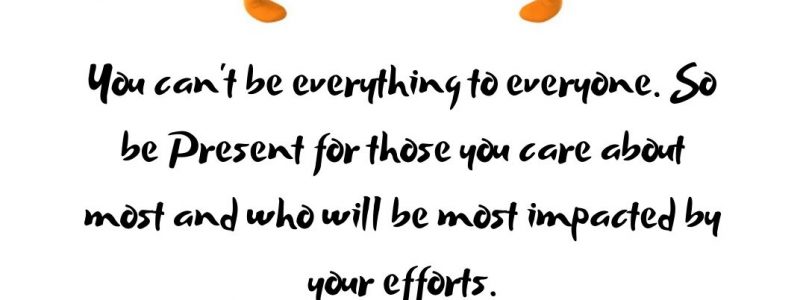
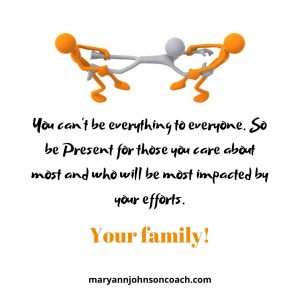 I saw an insurance commercial in which the adults (portrayed by kids) were being treated like children by the insurance company. They felt helpless, undervalued, and frustrated. When I saw this commercial, I, like most of you, could relate to those feelings. At the end of the commercial, a rival insurance company helped a woman (portrayed by a child) with her needs. She stood there smiling, feeling good.
I saw an insurance commercial in which the adults (portrayed by kids) were being treated like children by the insurance company. They felt helpless, undervalued, and frustrated. When I saw this commercial, I, like most of you, could relate to those feelings. At the end of the commercial, a rival insurance company helped a woman (portrayed by a child) with her needs. She stood there smiling, feeling good. of my relaxing and fun things to-do list. I was feeling some pressure. My 3-year-old daughter, Marie, kept coming into the sewing room and interrupting me. This and the sewing were wearing on my nerves. I was ready to spank her. After all, she was bugging me, and she could see perfectly well that I was busy! I decided if she interrupted me again, I was going to swat her.
of my relaxing and fun things to-do list. I was feeling some pressure. My 3-year-old daughter, Marie, kept coming into the sewing room and interrupting me. This and the sewing were wearing on my nerves. I was ready to spank her. After all, she was bugging me, and she could see perfectly well that I was busy! I decided if she interrupted me again, I was going to swat her.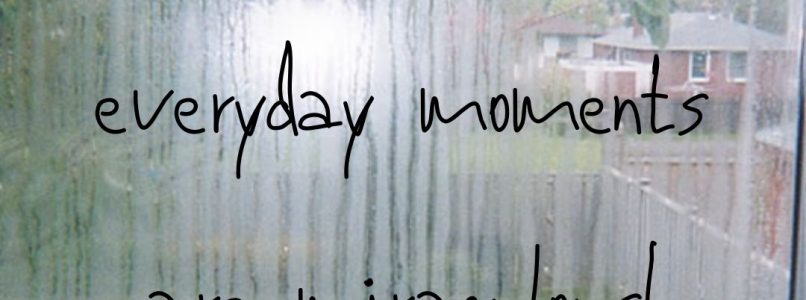
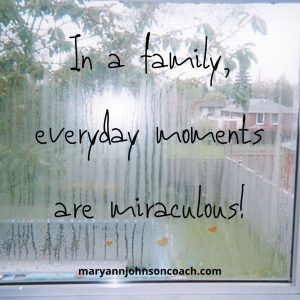 The windows are fog-covered from soup steam and the air smells of baking bread. It’s cold outside on this wintry Montana day. I hear the children clattering through the gate and up the back steps, coming home from school. “Don’t bang the screen door”.
The windows are fog-covered from soup steam and the air smells of baking bread. It’s cold outside on this wintry Montana day. I hear the children clattering through the gate and up the back steps, coming home from school. “Don’t bang the screen door”.
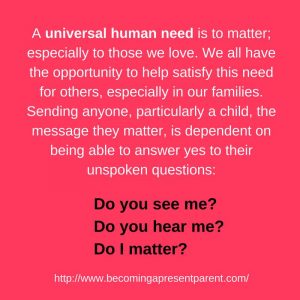 When we moved to Laurel, Montana over 3 decades ago it was a jolt. We had lots of little kids and we didn’t know anyone. We had no family in Montana and no one we knew had ever lived there.
When we moved to Laurel, Montana over 3 decades ago it was a jolt. We had lots of little kids and we didn’t know anyone. We had no family in Montana and no one we knew had ever lived there.
